Interiors: Bathroom Design
For one of the smallest spaces in your house, bathrooms are pretty complicated places. A harmony of plumbing, electrics and ventilation, they need to offer safety and practicality first, but still result in the kind of relaxing and indulgent space that we’ve come to expect.
For renovations, if you want to keep your existing layout, replacing like-for-like should be trouble-free (re-siting the WC is more tricky as you’ll need to move the soil pipe). For new bathrooms and renovations alike, online planning tools can be extremely useful for experimenting with what will fit where.
Be realistic with your plans. Can you really fit a separate shower and bath or double sinks, while still leaving room for drying off – at least 700mm around baths and showers is required.
Space-saving suites (with tapering baths, short-projection WCs and corner sinks, for example) are one option for making things more roomy. Wall-hung units and toilets can also help your bathroom seem bigger than it is, says Twyford Bathrooms’ UK and Ireland marketing manager Mark Winfield: “They give an illusion of height and space (due to the absence of a cistern), but they also look sleek and make cleaning easier.”
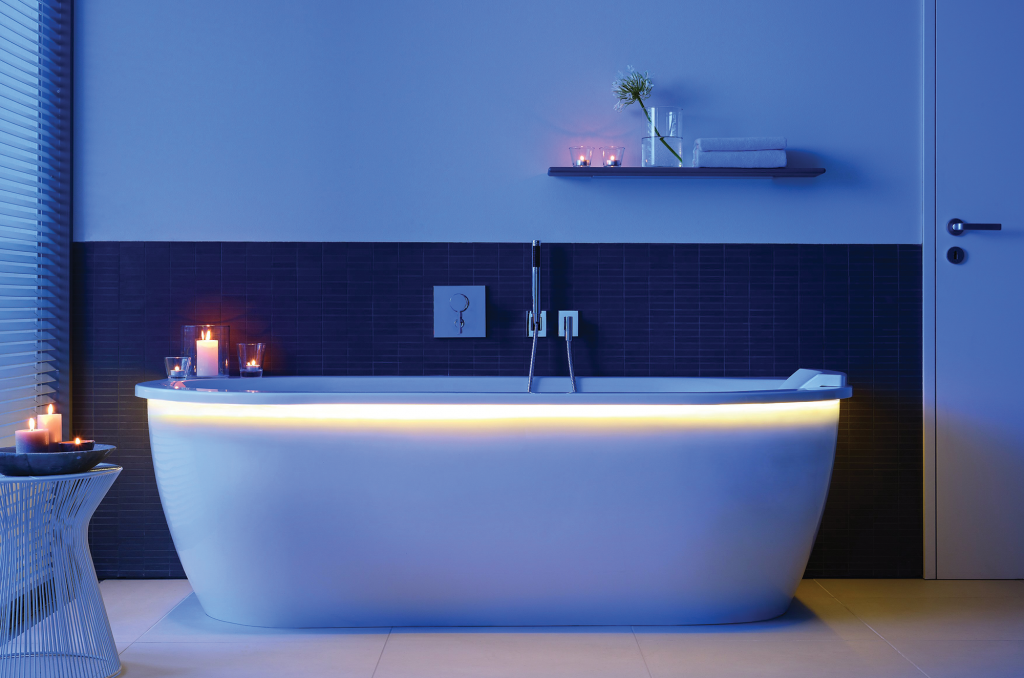
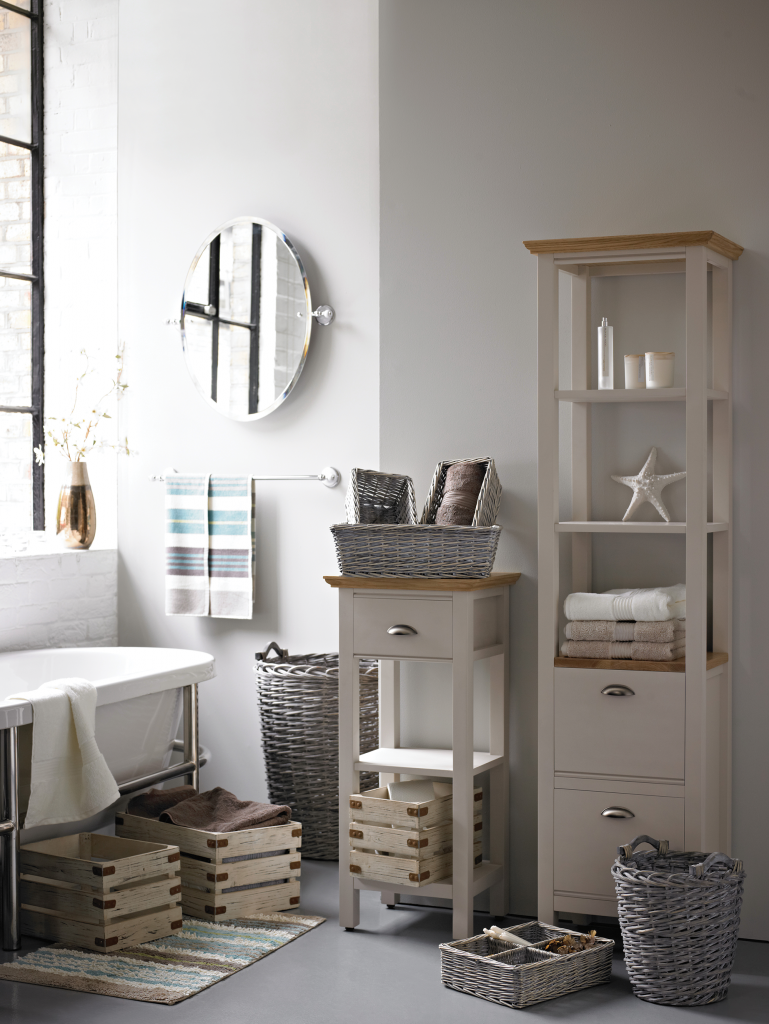
He also suggests in-fold shower doors that won’t encroach into the room. Or, use large mirrors to bounce light around and create a feeling of space – an obvious decorating trick, but a very effective one.
“For a lot of us, space saving is a real priority,” confirms MFI’s commercial director Adrian Storr, who also emphasises the importance of getting the basics right – making sure the floor can take the weight of a full bath, for example.
“Always consult with an expert on the technical elements of your build,” he says. “You need to consider adequate ventilation and structural security, too. Make sure you have updated plumbing and electrical systems in place and fully functional before you start any work on the design aspect.”
Ventilation
A poorly ventilated bathroom can breed damp and mould, potentially harming the fabric of your building as well as your health. Building Regulations apply to all bathrooms, even if you’re refurbishing an existing room. If this is the case, you need to ensure that the ventilation is as good or better than what was there previously.
Any means of extraction in a new bathroom is required to remove at least 15 litres of moisture per second, with a 15-minute overrun after the light’s been switched off. Extractor fans fitted directly to the external wall are the easiest option; if that’s not possible you’ll need a ducted fan, but that has the advantage of allowing you to site the it in the most efficient, convenient location – usually the ceiling. If the fan’s likely to get wet, go for a 12v low-voltage model, such as Xpelair’s LV100.
All in one or piece-by-piece?
Going with a single design-and-supply retailer means that you’ll cut out a lot of headaches regarding space-planning and Building Regulations, as they’ll do most of the work for you – all of which will be guaranteed. If they provide interest-free credit options, that can be another plus.
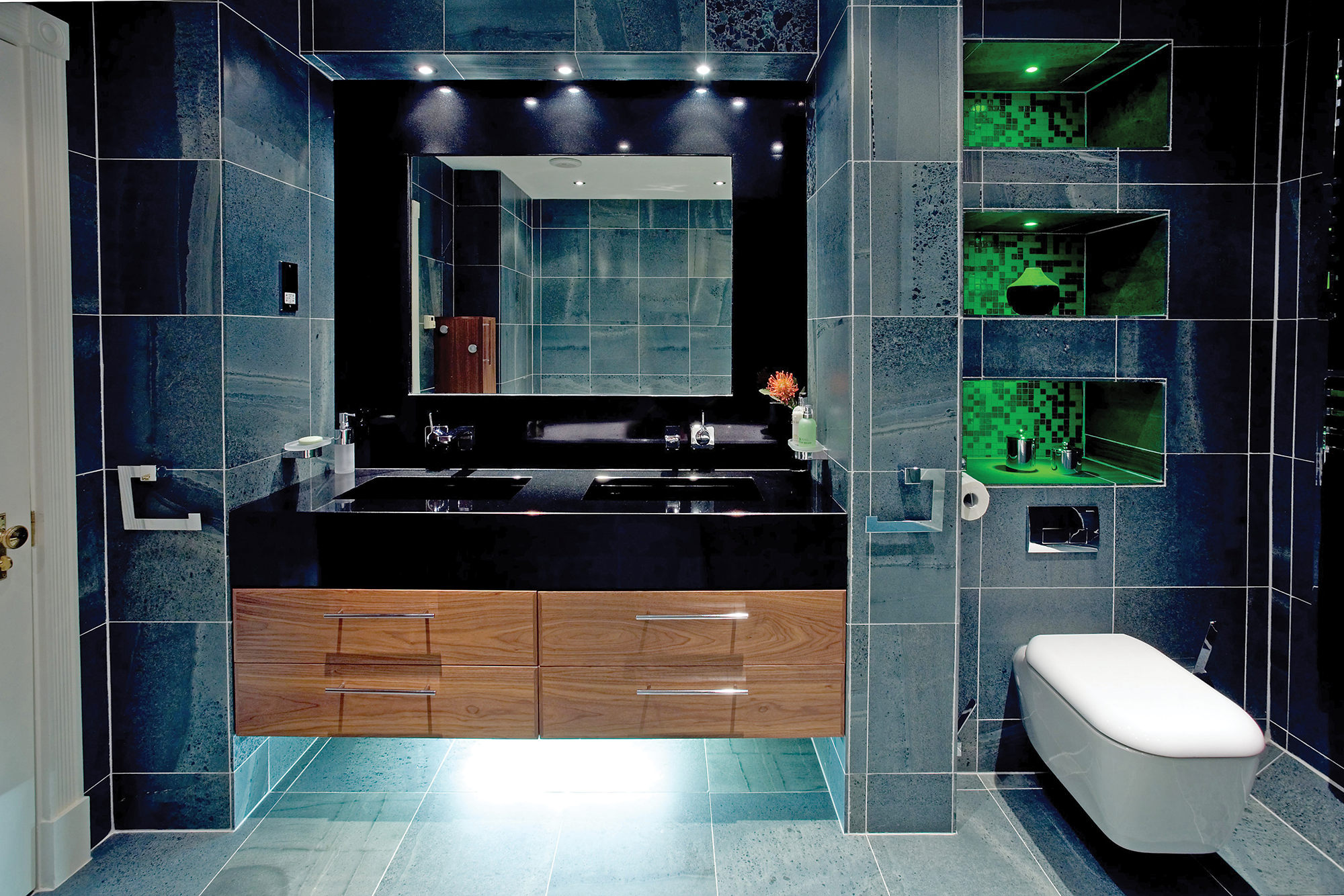
For something extra special, have furniture made bespoke, which, according to Rencraft’s managing director John Stephens, “gives you a much wider choice of materials, finishes and styles compared to buying something ready made. You can utilise every nook and cranny, even in unusually shaped rooms.”
If you want something standard and simple, source products from a local builder’s merchant and then employ the various trades yourself, mixing and matching with your own DIY skills. To spread a thin budget, splash out on something to make a focal point, such as a freestanding bath or a feature wall of luxury tiles, or opt for inexpensive sanitaryware but better quality fittings.
“Designer taps and showers can be used as opulent accents to give the bathroom a feeling of indulgence and a look of understated, classic luxury even on a budget,” says Hansgrohe’s marketing manager Geoff Wickett.
Design trends
Traditional-style bathrooms are as popular as ever – particularly freestanding claw-foot baths. However, the crisp and clean-lined contemporary look has far more options in terms of storage and space-saving solutions.
Freestanding units, especially if painted or in warm wood tones, can make the room feel less clinical. If your priority is to save on space, consider vanity units, or a large combination mirror and cabinet.
“Vanity units are an all-round winner. They are great for hiding the pipework and provide extra storage space, too,” says Duravit’s UK marketing manager Gary Dart. “Other clever pieces include recessed mirror cabinets and mobile storage units on casters – you can wheel them around as required.”
“Clean lines, geometric styling or gentle curves in sanitaryware are particular trends, with sculptural forms and soft edges enabling the room’s design to flow freely,” says Laufen’s marketing manager Dawood Palekar.
Curvaceous, sculptural baths made from composite materials, once the high-spec option, have filtered down to the high street. But buying at the top end gives you access to lots of added extras, including LED lighting, Bluetooth modules for listening to music above and below water, and head/neck support to create your own spa-style flotation tank, for example.
Top-end brands are releasing existing styles in deepest black to give them a dramatic sculptural look. Kaldewei’s iconic Conoduo bath now comes in a matt lava-black finish, while Victoria + Albert Baths has just released a number of styles with a black gloss exterior – so you get a smart, striking monochrome finish without having to step into a gloomy black tub.
Natural materials such as wood veneers and laminates are still popular, and are great for creating the luxurious, spa-style effect that tops many people’s wish-lists. Incorporate illuminated niches into the shower walls and the area flanking the sink for a slick, professional finish that will give you plenty of storage spots.
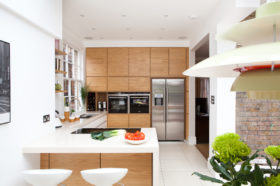
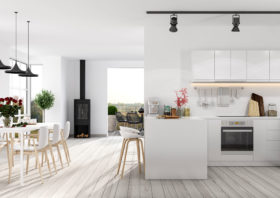
































































































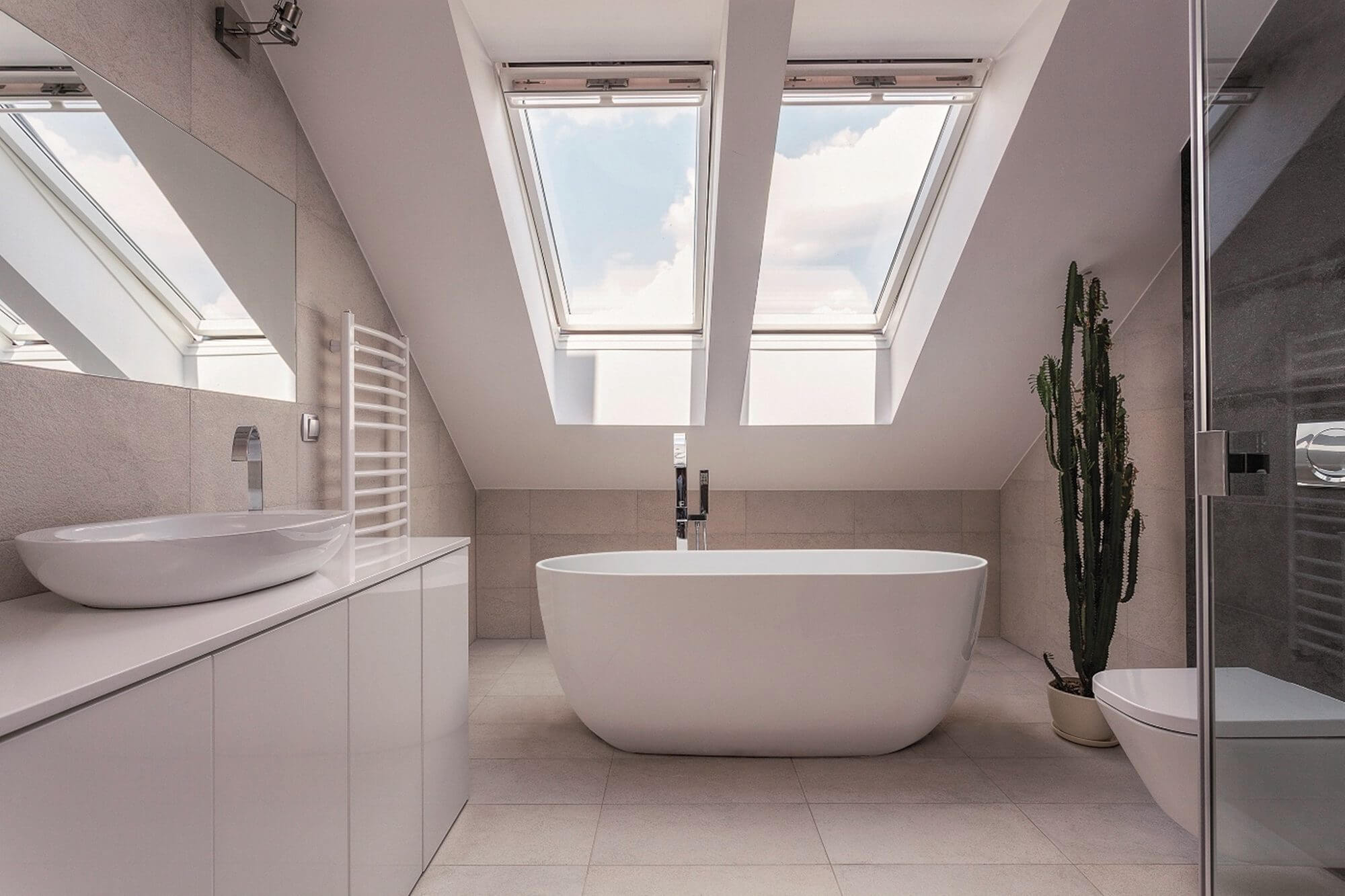
 Login/register to save Article for later
Login/register to save Article for later




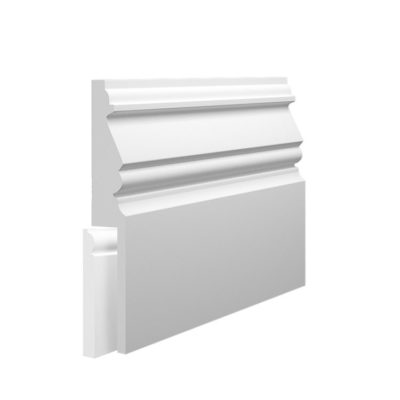
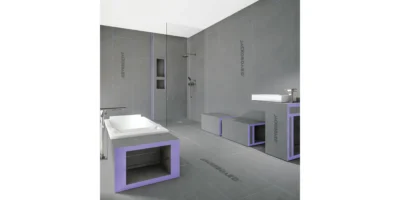
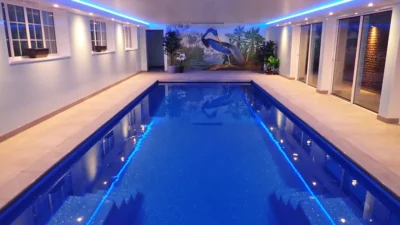
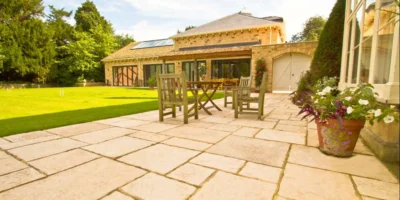





Comments are closed.